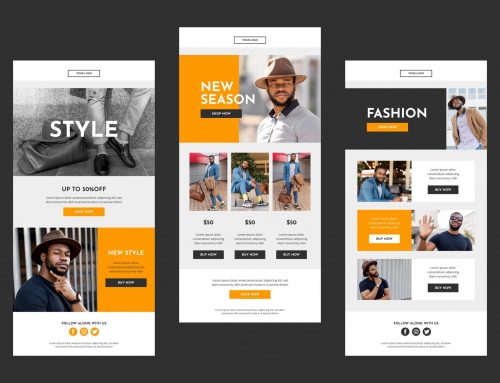A FRESH LOOK AT STOCK PHOTOGRAPHY VS. COMMISSIONED PHOTOGRAPHY
Do you want the salad bar to customize and fit your needs, or will the pre-made salad work?
Choosing a type of photography is a lot like choosing a salad…
When creating a website, developing marketing materials, or posting on social media, it is always important to have high quality photos. They resonate well with viewers, and give the perception that your company is as high quality as the photos you utilize. However, there is always a dilemma: to use stock photography, or not to use stock photography? Which should you use, when, and why? We have the answers you’re looking for.
There are two types of stock photography options: royalty free and rights managed.
Royalty Free Stock Images
Royalty free stock images are lower-cost and can be found on sites like ING Image or iStock. Usually, you need to sign up to become a member of the site, and can purchase images using dollars or by purchasing credits. These sites give you an abundance of image options… however, you do not have exclusive rights to the image. This means that you could use a specific image, and your competitor could also use that exact same image in a campaign, on a website, etc.
Rights Managed Stock Images
Rights managed stock images are higher-cost, and often use a similar payment method as royalty free (dollars and credits). With these images, you have more limited options, but you do have exclusive rights for a certain time period. The longer you need rights to the image, the more you pay. When inquiring about paying for a rights managed stock image, you will need to indicate: where you will use it, how you will use it, and how many times/places you will use it for print or online exposure. You will then be given a price to gain the limited rights. You can often negotiate this price.
Custom Photography (Not Stock)
Custom photography is also a high-cost investment. However, you will have complete control over the photos and they can be composed/edited to your unique needs. You negotiate the rights and usage with the photographer you hire.
Things to consider: In addition to the photographer’s fees, you may also need to pay separately for: photographer’s assistant(s), food stylist, photo retouching/editing, set design, props, on-location expenses, travel time, model fees, makeup artist fees. For the model, you will also need to handle a separate negotiation for usage rights.
Taking Your Own Images – Bring Out the Photographer in Yourself!
With the high quality of digital cameras and even mobile devices, this is now an option for people with a creative eye.
So… When Should I Use Stock Photos and When Should I Consider Custom Photography?
Look At Your Budget:
If you have a very tight budget, royalty free stock photos may be the way to go for your company. Commissioned/custom photos can be expensive when you have to pay for the photographer’s photoshoot and editing time. However, these custom photos can help your company come across as more transparent and trustworthy. These photos can also be more brand-specific.
For example, if you sell a skincare product, you will definitely need a custom photoshoot for your product line. However, the main page of your website may convey what you’re looking for with stock images of young women/men with glowing skin. There are ways to manage your budget by utilizing both stock photography and commissioned, custom photography.
For Social Media:
A brand’s presence on social media should be personable in order to relate with its followers, so any photo on social media should ideally be a custom photo. There are exceptions – some stock photography can come across as humorous (remember the woman laughing alone with salad trend?) and can be utilized in telling a joke to your followers.
For Background Images, Web & Print:
Again, it depends on the company. For instance, if your company is a travel agency, you may want to invest in photoshoots of destinations your company specializes in. If not, make sure the stock photos you use are that exact location. Issues could arise if you’re using stock images of beaches in Aruba when you sell packages for vacations in Ocean City, Maryland. You don’t want to use photos that will inaccurately depict your company and its services.
However, if your company sells hiking boots, for example, stock images of mountains, woods, or other natural backgrounds are definitely fair game.
For Blog Posts:
A featured/header image for a blog post is a determining factor in whether or not someone wants to read your post, so it’s very important that you choose wisely. If your blog post is about something very specific, a generic stock photo might not be a great choice. However, many bloggers use stock photos as a base for their header image, and place important text/copy over top of it. And, again, a humorous stock photo may also spark interest in what the blog post has to offer.
There is, and always will be, a debate on the use of stock photography versus the use of commissioned, custom photography. What it all boils down to is who the company is, what products/services are offered, the brand voice/tone, and the company values. Just like ordering a salad, there are no set-in-stone rules for what is the right and wrong choice. Each company’s photography style decisions truly differ for each brand.







